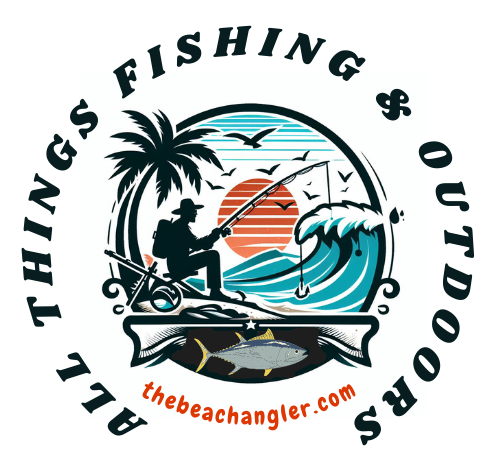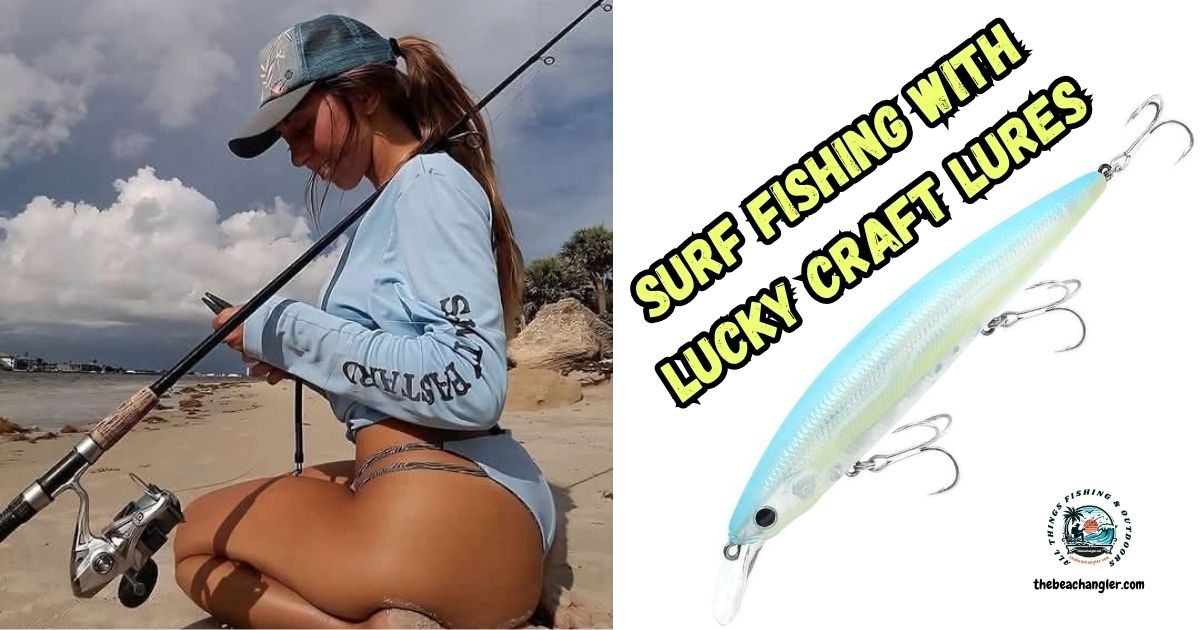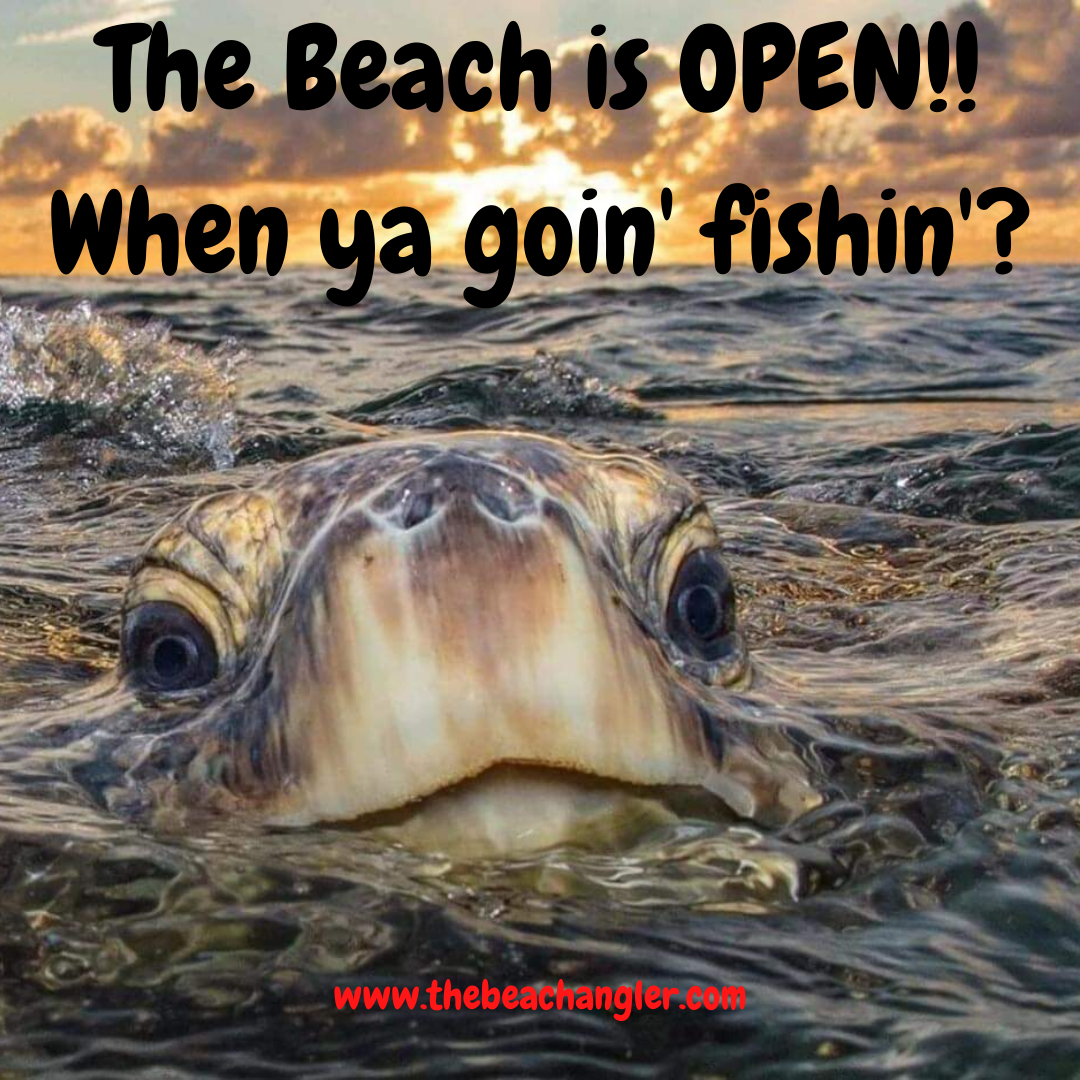Surf fishing with Lucky Craft lures has become a favorite method for anglers who want to catch fish like halibut, striped bass, and surf perch from the shore. I’ve found that using these lures in the surf gives me the right mix of casting distance, action, and realism.
QUICK LOOK: 5 Key Features of Lucky Craft Lures for Surf Fishing
- Their lifelike finishes and precise swimming actions get the attention of predatory fish patrolling the shoreline.
- I like that they’re designed to handle both the rough conditions of the surf and the quick retrieves often needed to attract bites in shallow water. If you’ve tried other lures in the surf with limited results, you’ll likely notice the difference in quality and effectiveness when you fish with a Lucky Craft.
- The construction also makes a difference. These lures use strong hardware and can stand up to repeated casts into the sand and small rocks.
- The paint jobs are detailed and hold up well after run-ins with sharp teeth or abrasive bottoms, so I don’t have to worry about my lure falling apart after a couple of trips.
- Lucky Craft pays attention to detail in every part of their design, so from split rings to hooks, every component is ready to take on tough surf environments. Over time, this kind of durability means you can keep returning to your favorite lures trip after trip, and investing in good lures can save money in the long run.
Understanding how to make the most of these lures, particularly the Flash Minnow 110, has really helped boost my results. Here, I’m sharing what I’ve learned to help other surf anglers get started with Lucky Craft lures and make every cast count.
Why Lucky Craft Lures Are a Top Pick for Surf Fishing
Lucky Craft lures, especially the Flash Minnow and Pointer series, are popular choices in the surf zone for several reasons.
- Their lifelike finishes and precise swimming actions get the attention of predatory fish patrolling the shoreline.
- I like that they’re designed to handle both the rough conditions of the surf and the quick retrieves often needed to attract bites in shallow water. If you’ve tried other lures in the surf with limited results, you’ll likely notice the difference in quality and effectiveness when you fish with a Lucky Craft.
- The construction also makes a difference. These lures use strong hardware and can stand up to repeated casts into the sand and small rocks.
- The paint jobs are detailed and hold up well after run-ins with sharp teeth or abrasive bottoms, so I don’t have to worry about my lure falling apart after a couple of trips.
- Lucky Craft pays attention to detail in every part of their design, so from split rings to hooks, every component is ready to take on tough surf environments. Over time, this kind of durability means you can keep returning to your favorite lures trip after trip, and investing in good lures can save money in the long run.
Setting Up for Success: Gear and Tackle Choices
Choosing the right gear is key when surf fishing with Lucky Craft lures. I usually go for a rod that’s at least 8 feet long, with medium to medium-heavy power. Rods rated for lures between 1/4 ounce and 1 ounce cover most Lucky Craft surf lures. That extra length helps me get my lure past the breakers and into productive water.
Spool up with a quality braid, usually 20–30 lb test, which gives me casting distance and strength while keeping the line thin enough to cut through the wind. I add a top shot of fluorocarbon (12–20 lb) as a leader, usually about 2–4 feet, to help with abrasion resistance and to reduce visibility. A good shock leader also absorbs the impact of repeated long casts. I attach my Lucky Craft lure with a small snap or loop knot, so the lure swims freely.
If you’re just getting started, don’t worry about having the fanciest gear. What really matters is matching your rod, reel, and line to the weight of the lures and the fish you’re targeting. A balanced setup makes casting easier and helps you detect bites, whether you’re targeting halibut, perch, or bass in the surf.
Dialing In Your Casting Technique
Getting the most out of Lucky Craft lures in the surf depends on good casting technique. I’ve found that a sidearm or sidecasting motion works better than the overhead cast you might use for other lures. Sidecasting helps keep the lure low and out of the wind, which adds distance and keeps your lure from getting blown off course.
One thing I picked up is the importance of “loading” the rod. During my backswing, I let the rod bend with the weight of the lure, then I snap it forward smoothly at the apex to launch the lure. If you’re using a Lucky Craft Flash Minnow, give the lure a gentle swing or shake it so the internal weights shift to the tail before the cast. This weight transfer makes a noticeable difference in how far you can cast.
It helps to practice your cast on the beach before the bite picks up. Try adjusting your release point and the angle of your cast until you find the sweet spot for distance and accuracy. You’ll be surprised how much a little tweak in technique can improve your results. If you’re new to surf fishing, give yourself time to get comfortable with the timing and motion—after a few sessions, it will feel natural.
Retrieving Lucky Craft Lures: How to Get the Best Action
As soon as my lure hits the water, I start my retrieve right away. The Flash Minnow series is made to swim about one to two feet under the surface, perfect for shallow surf where predators might be waiting. I keep my retrieve steady and just fast enough so the lure wobbles. If you reel too fast, the hooks might start to spin or twist. I pay close attention to the feel of the lure and adjust my speed if I sense anything unusual.
I also use short jerks and twitches after the lure hits the water, which helps move the internal weights and gets the lure into its natural suspending action. This jerking motion mimics an injured baitfish, making the lure look like an easy meal. It also helps if I vary my retrieve speed or pause occasionally.
I never cast repeatedly to the same spot for long, since moving down the beach and covering different water increases my chances of getting a bite. Now and then, I’ll slow my retrieve and allow the lure to pause, which can often trigger bites from following fish that are just waiting to strike.
Finding the Right Spots in the Surf
Location makes a big difference when using Lucky Craft lures for surf fishing. I scan the shoreline for features that hold fish, such as troughs, holes, sandbars, and rocky pockets. Areas where waves break unevenly or places with visible baitfish are always worth a few casts. I also keep an eye out for birds diving or currents pushing bait in close to shore.
If I’m new to a stretch of beach, I try moving every 10–15 casts, walking parallel to the shoreline. Fishing near jetties, piers, or other manmade structures can pay off, since these spots tend to concentrate both bait and predators.
Early mornings or late afternoons, when sunlight is low, often produce more action for me. Tides are also important—fishing the last hours of an incoming tide or the first part of the outgoing tide can pull fish into casting range as baitfish get washed into the surf zone.
Don’t be afraid to experiment by trying both open sandy beaches and areas with more structure, like boulders or kelp beds. Every beach fishes differently, so pay attention to changes in conditions and try new spots until you find a productive stretch.
Experimenting With Colors and Models
One of the advantages of Lucky Craft lures is the wide range of colors and patterns that mimic local baitfish and match water clarity. Some of my favorite Flash Minnow patterns are MS Aurora Black for clear water and Metallic Sardine for those overcast days.
If the water is stained or muddy, I switch to more visible colors such as Chartreuse Shad or Ghost Minnow. Swapping lures until I find what’s working can lead to more strikes, and I always keep a few color options in my tackle box.
Don’t hesitate to ask other anglers at your spot what color or pattern has been working for them. Surf fishing communities are pretty welcoming, and sharing information about lures and techniques means everyone has a better chance of hooking up. As new colors and designs come out, I like to bring a few to see if they make a difference in tough conditions.
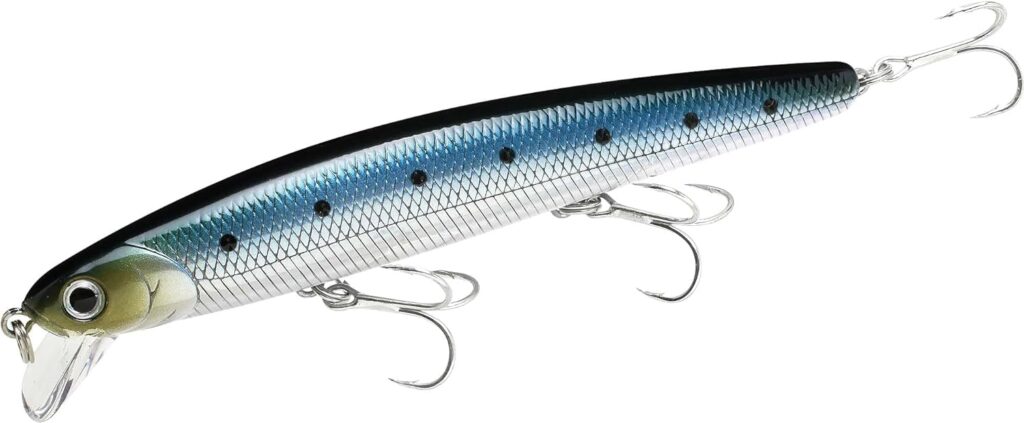

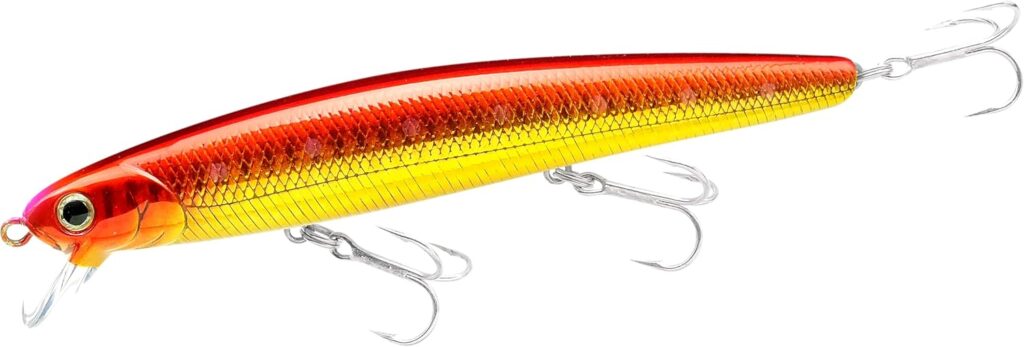
Pros and Cons of Using Lucky Craft Lures in the Surf
There are a lot of reasons I keep coming back to Lucky Craft for surf fishing, but there are also a few drawbacks. Here’s a quick breakdown based on my experience:
- High quality and durability: The lures stand up to repeated casting and tough surf conditions without losing their finish or action.
- Realistic action and appearance: These lures look and move like real baitfish, which helps me fool even wary fish.
- Consistent performance: I’ve had reliable results with Lucky Craft lures, so I have more confidence with them on the line.
- Variety of colors: I can match the hatch or adapt to changing water conditions quickly thanks to the range of patterns and finishes.
On the flip side, cost is an issue. Lucky Craft lures are pricier than many alternatives, so losing one to a snag or toothy fish stings a bit more. For anglers who go through a lot of lures or like to try multiple patterns, the price can limit how many they can carry or test out.
If you’re on a tight budget, it can make sense to save your Lucky Craft lures for the best conditions or when you know the fish are around. Still, the confidence boost and hookup rates I get from these lures make the price worthwhile for me.
Tips for Maintaining and Getting More Out of Your Lures
After finishing a surf session, I rinse my Lucky Craft lures with fresh water to remove salt and sand. I check the hooks and split rings for rust, replacing them as needed to keep the lure performing its best. Sharpening the hooks occasionally makes sure I don’t miss a fish because of a dull point. Storing the lures in a tackle box with drain holes also helps prevent corrosion.
If I ever bend a hook or notice paint chipping, I repair or touch up the lure if possible. Sometimes, just swapping in fresh hardware can extend the life of a lure, so I always keep a few spare hooks and split rings with me. Organizing your tackle and knowing which lures need a bit of attention before your next trip can save time on the beach and help you avoid losing a big fish to gear failure.
Frequently Asked Questions About Surf Fishing With Lucky Craft Lures
What’s the best model of Lucky Craft for surf fishing?
The Flash Minnow 110 is a staple, but the Flash Minnow 115 and Pointer 100 also work well, depending on the surf conditions and target species.
How do I keep from losing expensive lures in the surf?
I use a heavier leader to reduce break-offs and fish with a slow, steady retrieve to avoid snags. Picking spots with clear bottoms also helps.
Can I use Lucky Craft lures from jetties or piers?
Yes. The same lures and techniques work from jetties and piers, though I check for barnacles and sharp structure before casting to avoid unnecessary snags.
Final Thoughts on Surf Fishing With Lucky Craft Lures
Choosing Lucky Craft lures for surf fishing opens up more opportunities to hook quality fish right at your feet. From dialing in my casting and retrieve to picking the right spot and color, these lures have helped me consistently connect with what’s swimming in the surf.
Paying attention to the details—both in gear and in how you work your lure—leads to better results and a lot more fun at the water’s edge. If you’re looking to take your surf fishing up a notch, giving Lucky Craft a try might be the move you need for your next-level cool catch.
Check Out Our Most Recent Articles:
- 10 Advanced Features of the Penn Fathom Electric Reel Kit
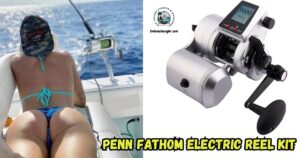
- Surf Fishing With Lucky Craft Lures
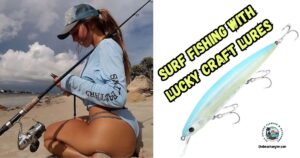
- 8 Features of the Minn Kota Kayak Terrova Trolling Motor
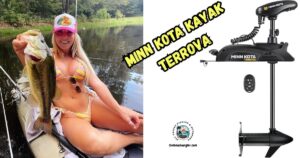
- Tips And Tactics For Saltwater Fishing With Spoons
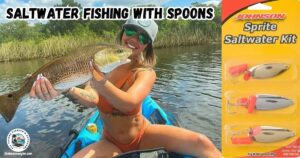
- Review Of The Daiwa Caldia MQ LT Spinning Reel
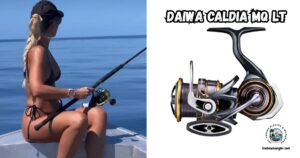
- What Is Sail Line Fishing And How To Use It?
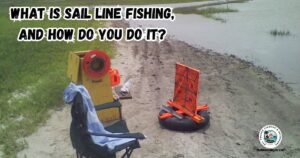
As always, stay safe, enjoy the journey, and please try to leave it cleaner than you found it. If you have any comments, questions, ideas, or suggestions, please leave them in the comment section below, and I’ll get back to you ASAP. You can follow us on Facebook: Rex The Beach Angler, Instagram: thebeachangler7, Twitter: @AnglerBeach, and YouTube: Man Art Creations.
P.S. Thanks so much for checking out our blog; we really appreciate it. Just so you know, we may receive a commission if you click on some of the links that appear on our site. This helps us keep our content free and up-to-date for everyone. We appreciate your support!
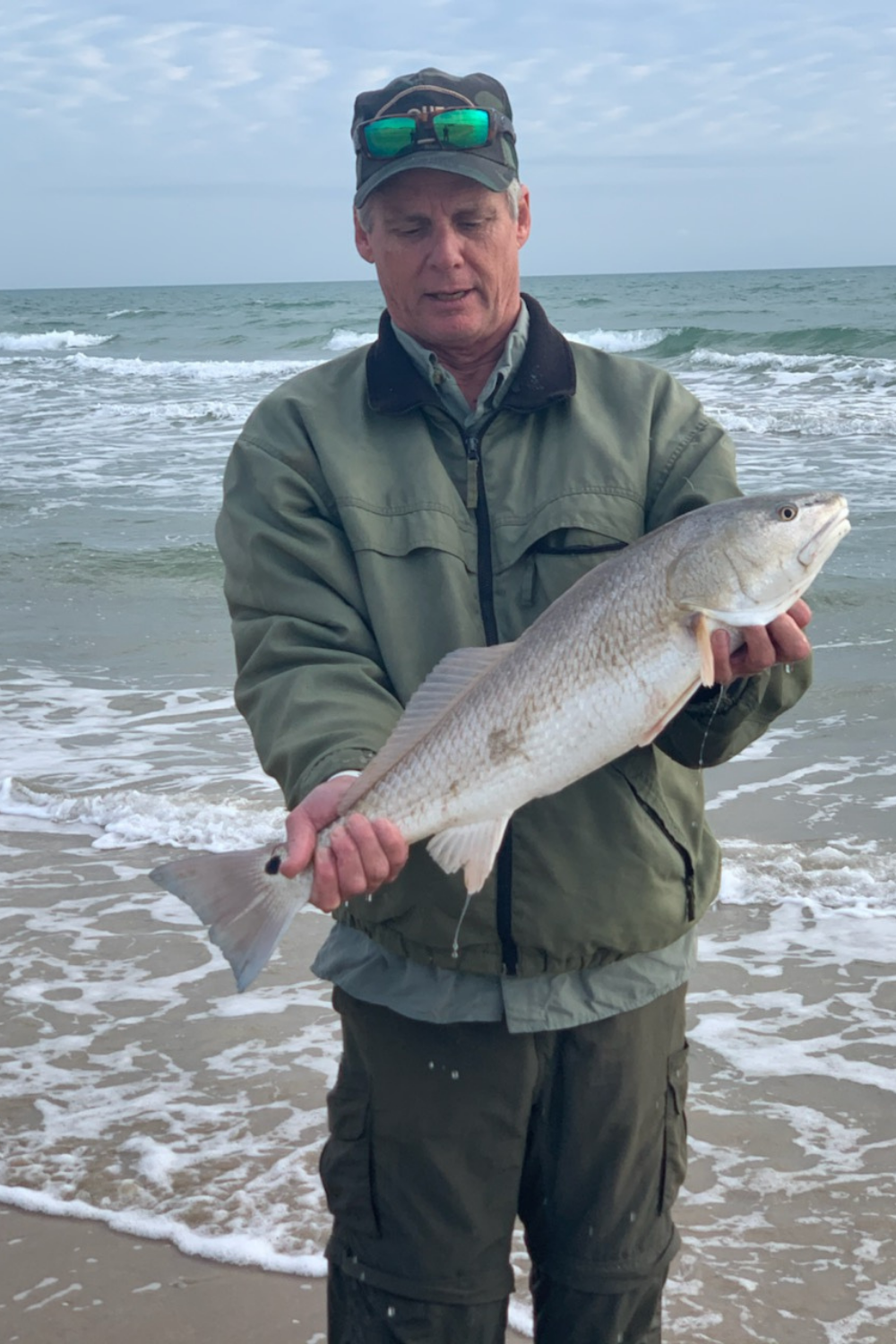
A life long surf fisherman with 50+ years of experience, I am also an avid hunter and outdoorsman. I will be sharing my passion for the outdoors with you so be prepared for hunting, fishing, camping, hiking and more. Along with gear reviews and the latest trends and innovations in the outdoor industry.
